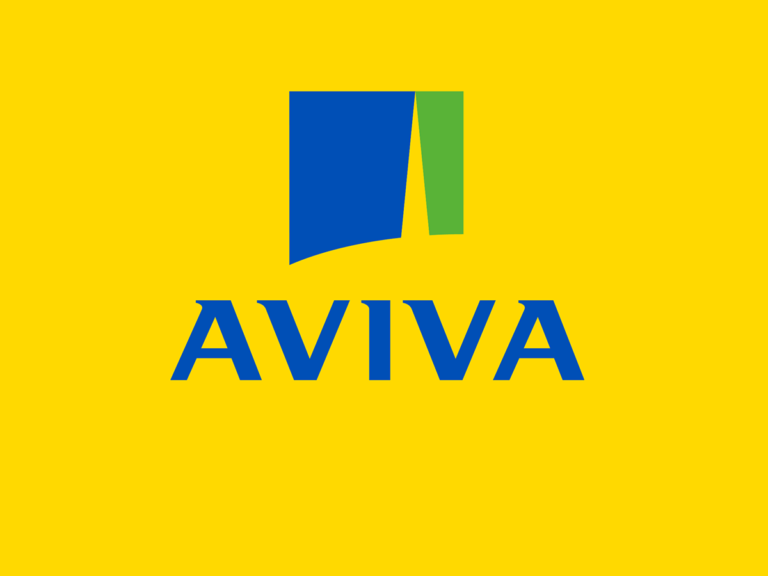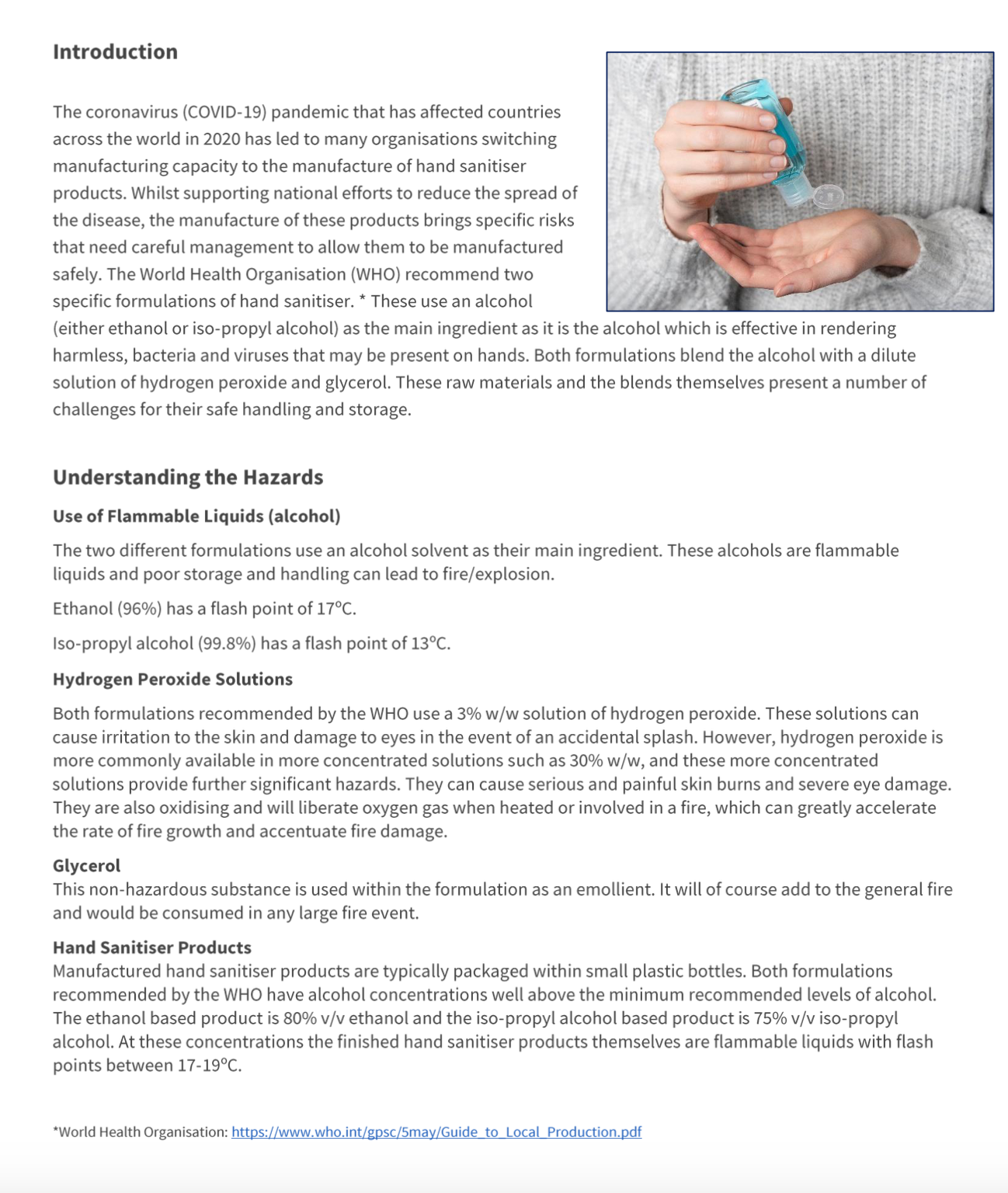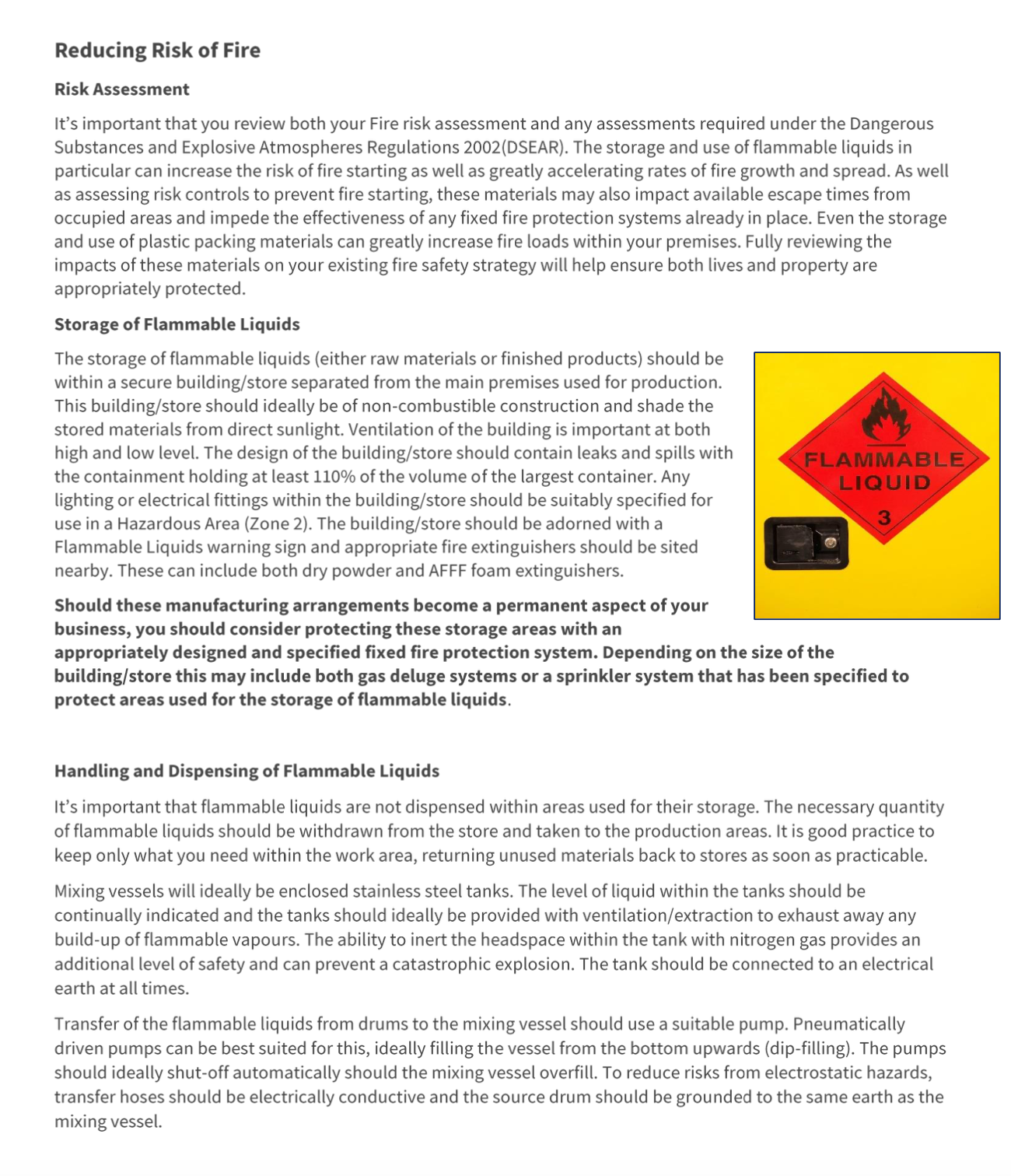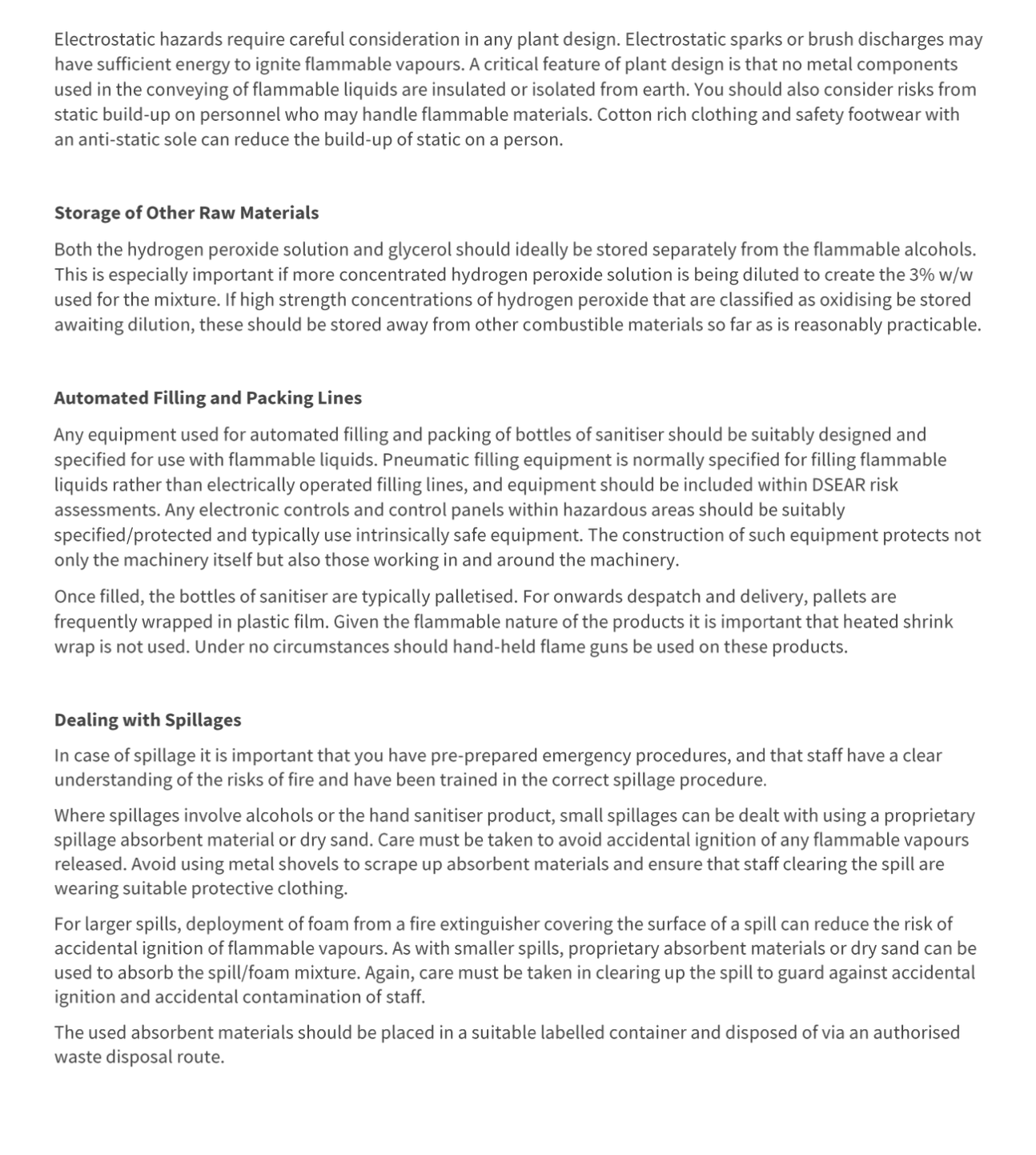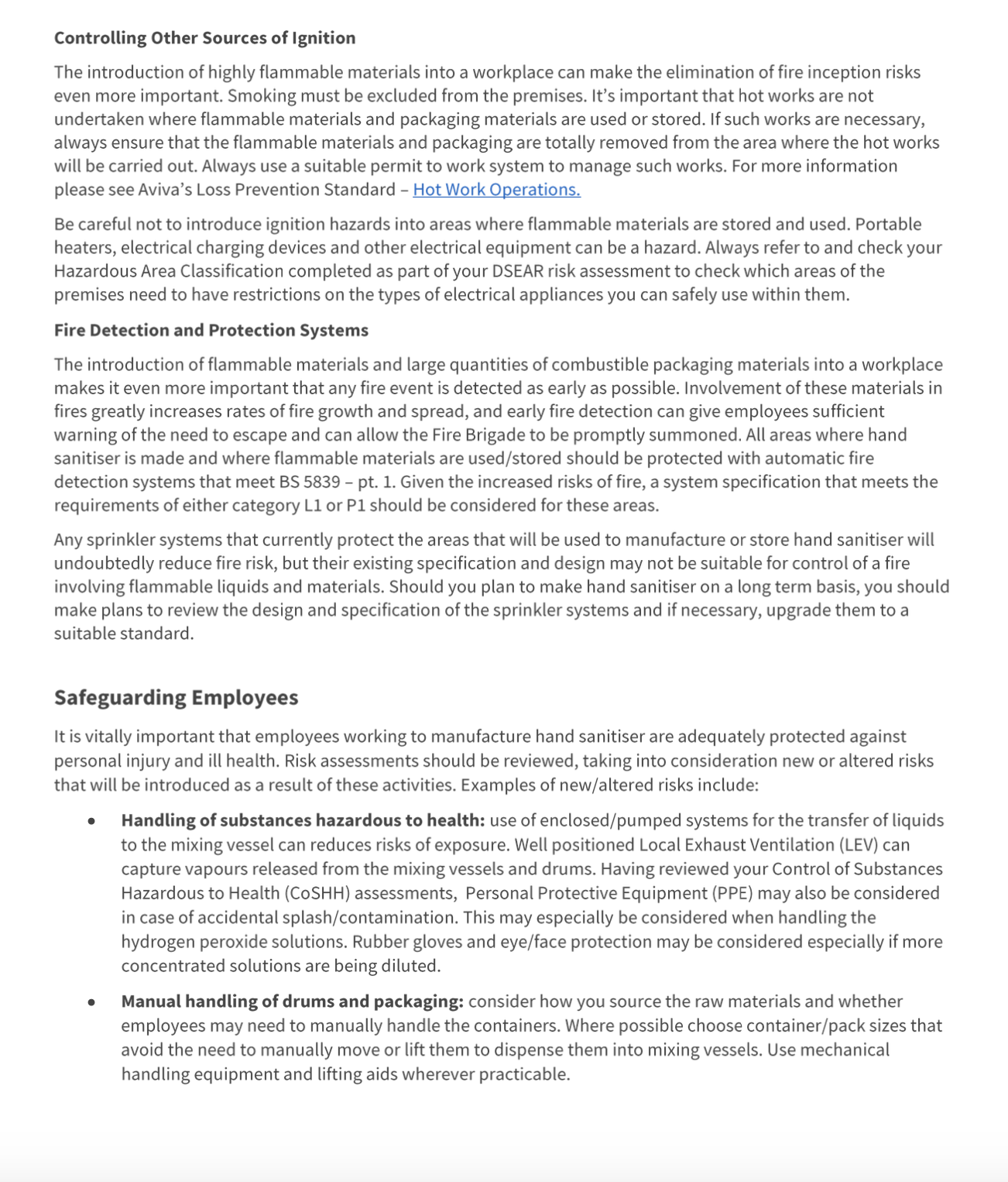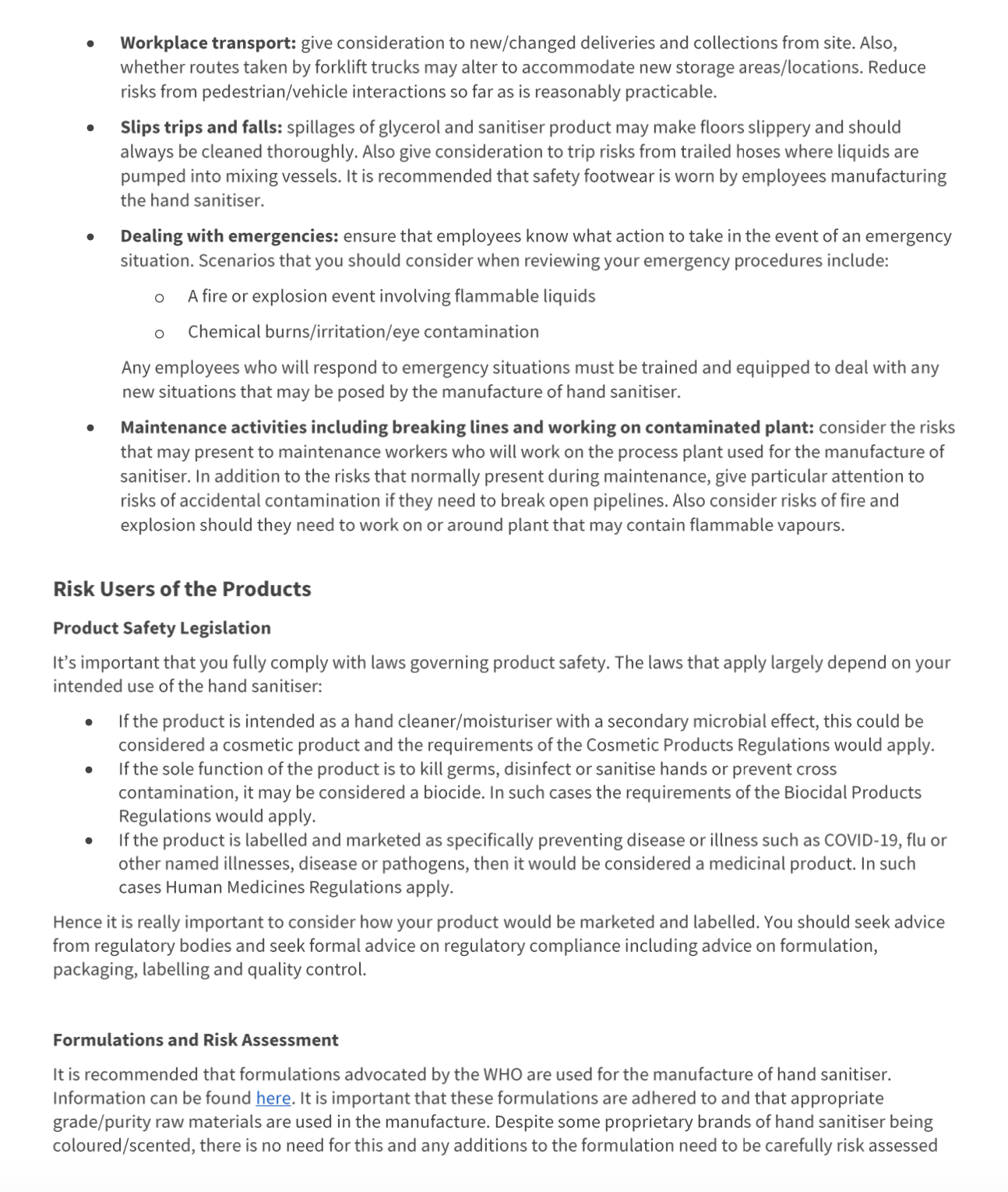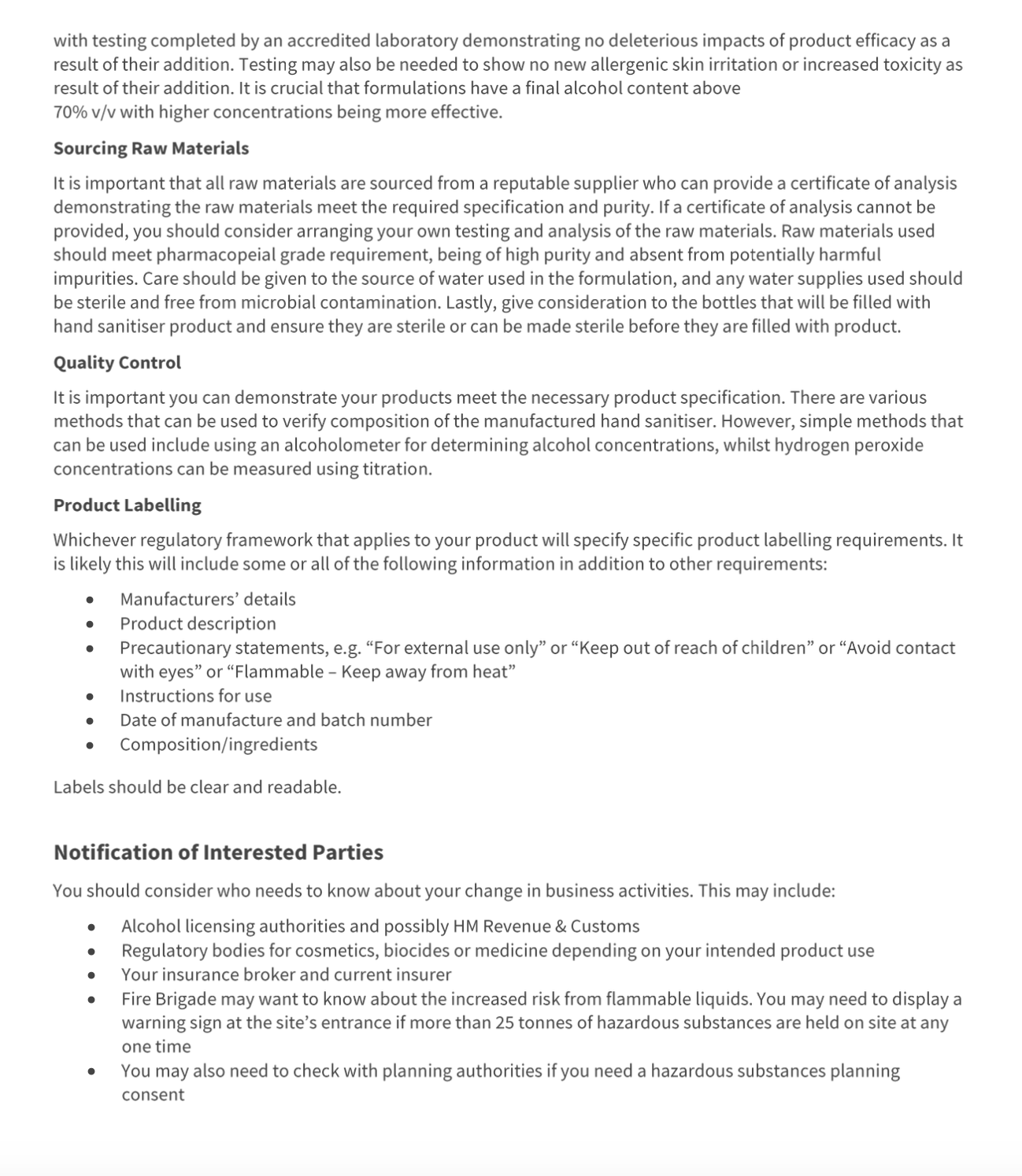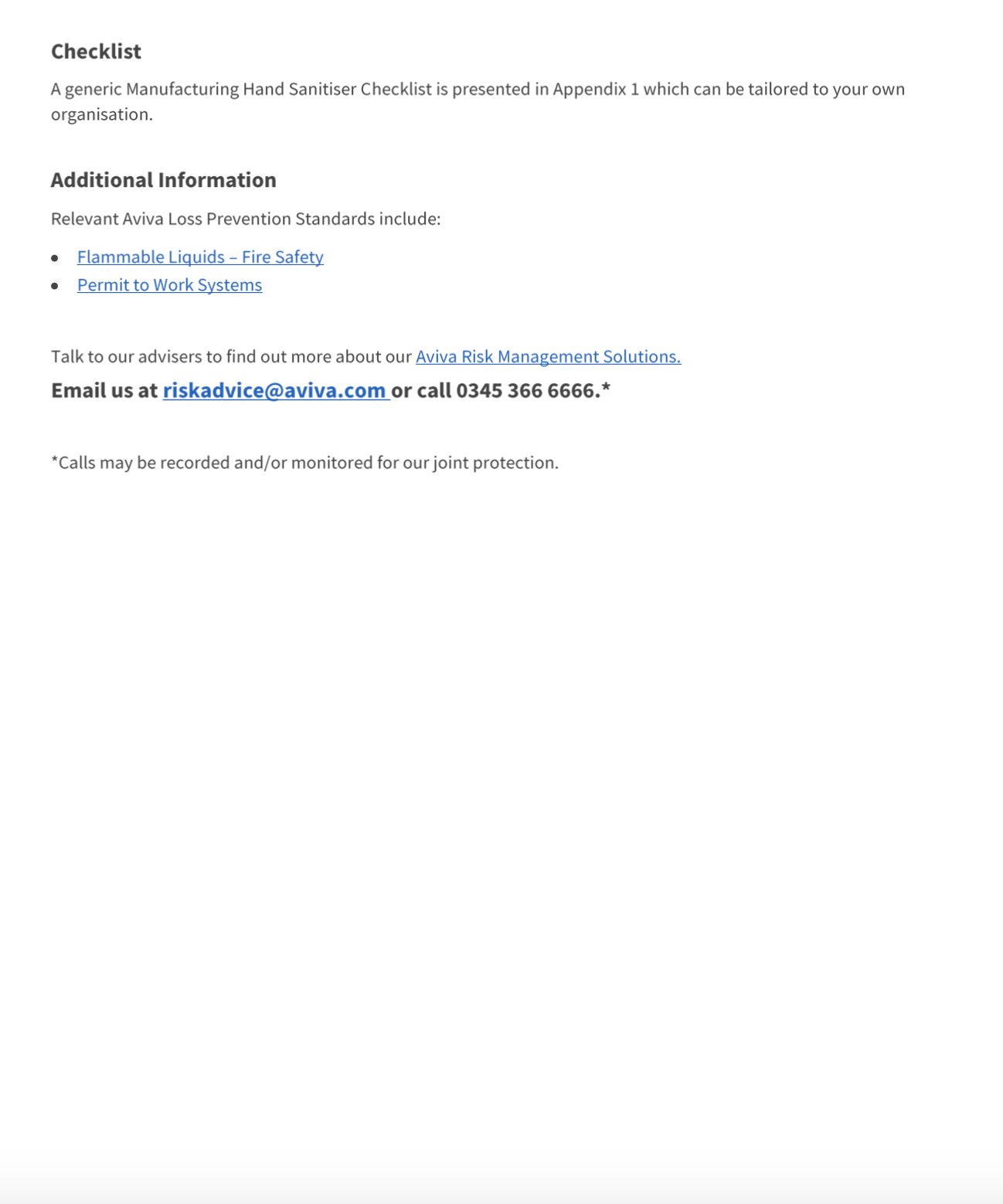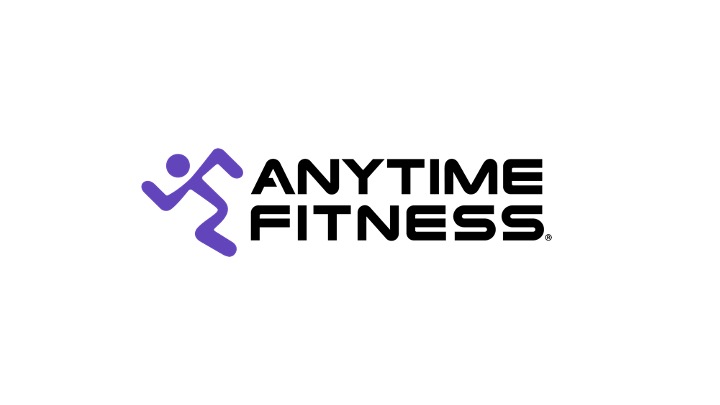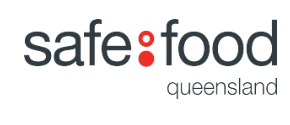Title Page
-
Conducted on
-
Prepared by
-
Location
-
Loss Prevention Standards (OFF to remove from print out)
Loss Prevention Standards
Manufacturing Hand Sanitiser Checklist
Safe Storage of Flammable Liquids
-
1. Separate non-combustible building away from processing areas?
-
2. Building well ventilated and shades materials from direct sunlight?
-
3. Containment sufficient for 110% of largest container size?
-
4. Ignition sources including electrical fittings appropriate for hazardous areas (Zone 2)?
-
5. Appropriate warning sign fitted?
-
6. Sufficient fire extinguishers nearby at a marked fire point of a suitable type (including dry powder and foam)?
-
7. Stores protected by a fixed fire protection system?
Safe Handling of Flammable Liquids
-
8. Dispensing of flammable liquids is prohibited in storage areas?
-
9. Mixing and blending is carried out in enclosed steel tanks?
-
10. Measures in place to prevent the overfilling of mixing tanks?
-
11. Mixing tanks are either extracted and/or can be inserted with nitrogen?
-
12. All mixing vessels and dispensing drums can be connected to a moon earth?
-
13. Employees involved in manufacture are wearing appropriate clothing and footwear to guard against electrostatic discharge?
-
14. Filling lines are suitably specified and do not present sources of ignition?
-
15. Manufacturing and storage areas have been included within DSEAR risk assessments with hazardous areas specified and appropriately signed?
-
16. Electrical fittings and equipment within hazardous areas have been appropriately specified to reduce ignition risk and are suitable for the designated zone (e.g. Zone 0, Zone 1 or Zone 2)?
-
17. Filled bottles of hand sanitiser are not heat wrapped onto pallets?
Other Fire Hazards
-
18. Hydrogen peroxide solutions are stored in a separate fire compartment to flammable liquids?
-
19. There is a strict no smoking policy on site?
-
20. Hot works are prohibited in any areas where flammable liquids are being stored or used?<br><br>Flammable liquids are completely removed from these areas before any hot works commences and all hot works are controlled using a suitable hot work permit?
Fire Protection and Emergency Procedures
-
21. All areas where flammable liquids are handled or stored are protected by automatic fire detection systems?
-
22. All areas where flammable liquids are handled or stored are protected by appropriately specified fixed fire protection systems<br>(e.g. sprinkler systems, gas deluge or automatic dry powder systems)?
-
23. Emergency procedures have been reviewed and updated to take account of risks from flammable liquids and other chemical risks?
-
24. Employees have received suitable training in emergency procedures?
Health and Safety
-
25. Appropriate risk assessments have been reviewed and updated including:<br><br>• Fire risk assessments?<br>• DSEAR risk assessments?<br>• General risk assessments including for maintenance tasks?<br>• CoSHH assessments?<br>• Manual handling assessments?<br>• Workplace transport assessments?<br>
-
26. Suitable measures are in place to prevent exposure of employees to substances hazardous to health?
-
27. Manual handling of drums/kegs has been avoided so far as is reasonably practicable?
-
28. Deliveries of raw materials, collections of product and vehicle movements around the site are being managed to reduce risk of pedestrian/vehicle impacts so far as is reasonably practicable?
-
29. Employees are provided with appropriate Personal Protective Equipment including safety footwear?
-
30. Safe working procedures are in place for maintenance tasks including breaking pipe work connections and working around areas where there may be a flammable atmosphere?
Safeguarding Users of the Products
-
31. Formulations of products are approved by the WHO or have been subject to rigorous product safety testing by an accredited laboratory?
-
32. Product use has been determined and the product classified as either a cosmetic product, biocidal product or medicine?
-
33. Raw materials used are pharmacopeial grade and come with certificates of analysis?
-
34. There are means to demonstrate that water used in the products is sterile at the point of use?
-
35. There are means to ensure that bottles are sterile at the point of filling?
-
36. There are suitable methods deployed to analyse and determine both alcohol content and hydrogen peroxide content of each batch made?
-
37. Product labelling complies with the relevant regulatory requirements?
Notification of Interested Parties
-
38. You have necessary planning consents for this change of use including the storage of flammable liquids on site?
-
39. Any necessary permissions have been granted in respect of alcohol licensing including tax/duty implications agreed with HM Revenue & Customs?
-
40. Relevant regulatory bodies have been contacted in respect of product classification?
-
41. You have notified/discussed your proposals with your insurance broker and existing insurer?
-
42. If flammable liquids are a new hazard at the site, you have discussed or notified this to the Fire Brigade?
Completion
-
Comments
-
Completed by: (Name and Signature)
-
Please Note:
This document contains general information and guidance only and may be superseded and/or subject to amendment without further notice. Aviva has no liability to any third parties arising out of ARMS' communications whatsoever (including Loss Prevention Standards), and nor shall any third rely on them. Other than liability which cannot be excluded by law. Aviva shall not be liable to any person for any indirect, special, consequential or other losses or damages of whatsoever kind arising out of access to, or use of, or reliance on anything contained in ARMS' communications. The document may not cover every risk, exposure or hazard that may arise and Aviva recommends that you obtain specific advice relevant to the circumstances.
